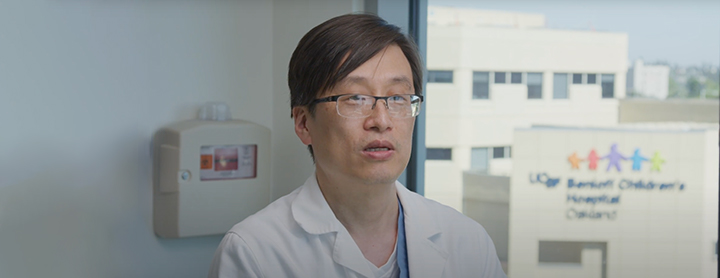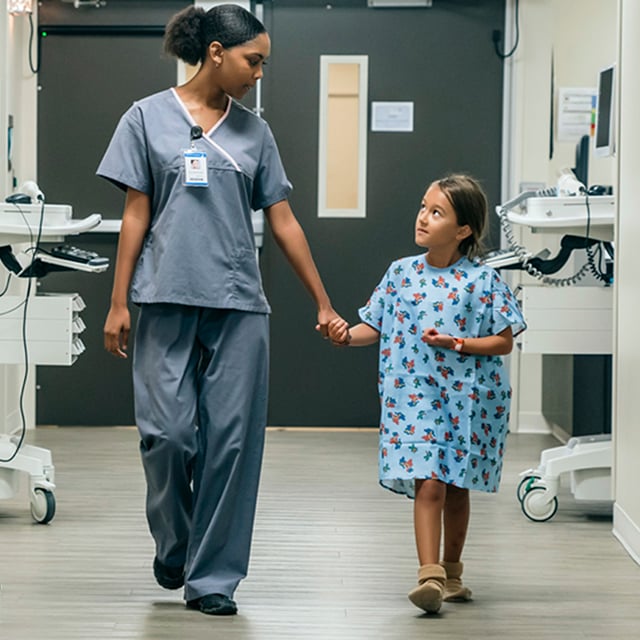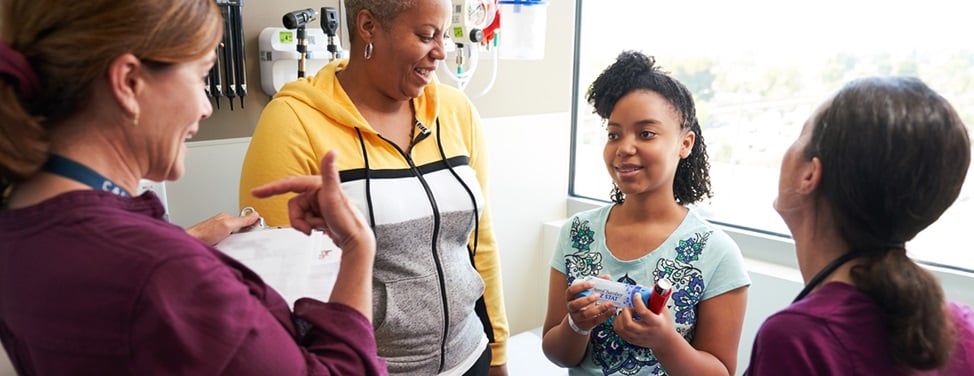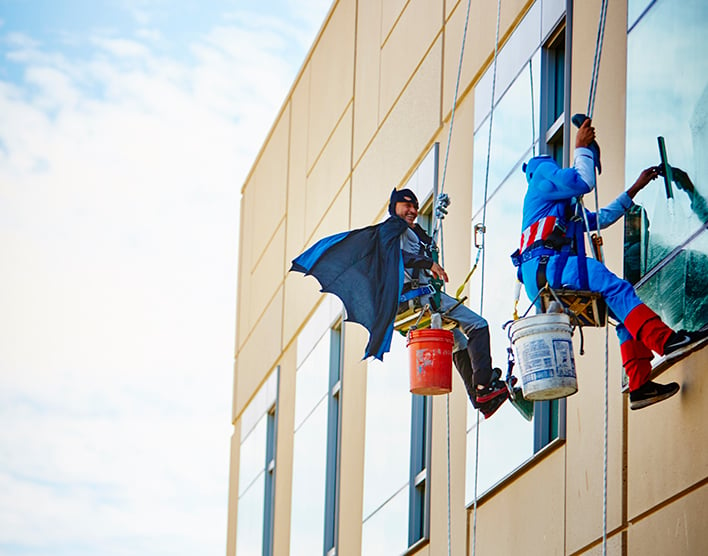Pectus excavatum, or sunken chest, is a congenital condition that affects 1 in 500 children, mostly boys. Due to a depression of the sternum that presses on the heart and lungs, patients can experience shortness of breath, chest pain, and social and psychological challenges due to their appearance.
The traditional treatment, called the Nuss Procedure, can raise the chest to its normal position, but it often requires one week of inpatient recovery followed by many weeks, possibly months, of narcotic pain management.
Now, surgeons at UCSF Benioff Children’s Hospital Oakland have implemented a surgical technique, called cryoanalgesia, that dramatically reduces post-operative pain, decreasing the time spent in the hospital and the need to take narcotic pain medications. Initial reports of the method have been published by the team, and in collaboration with UCSF Benioff Children’s Hospital San Francisco, a prospective study looking at the effectiveness of cryoanalgesia was started one year ago and is near completion.
The collaboration exemplifies the vision of an affiliated Benioff Children’s Hospitals, one in Oakland, one in San Francisco, working together to elevate care to children of all backgrounds, throughout the Bay Area and beyond.
“Once we started applying cryoanalgesia, most of our patients started to go home in one day, or the next day. After one week, their pain level is very low, a 1 out of 10, so they can go back to school and resume their normal routines,” says Sunghoon Kim, MD, UCSF associate clinical professor and pediatric surgeon at UCSF Benioff Children’s Hospital Oakland, who has practiced at the Oakland hospital for12 years.
Kim is set to report his findings later this year in a prospective study led by San Francisco colleagues Benjamin Padilla, MD, and Michael Harrison, MD, comparing cryoanalgesia to traditional epidural analgesia for patients who have undergone the Nuss Procedure.“We're the first institution to do this,” Kim says. “Since we reported the procedure, other institutions have followed suit. And I think probably in 10 years or so, most other institutions will probably apply this method.”
Collaboration from both sides of the Bay has fueled this study and elevated work across Benioff Children’s Hospitals’ pediatric surgery practice, says Kim. “Our doctors are working together, to put our minds together to discuss difficult cases, design studies, think about new treatments, all of which helps us take better care of patients.”
Cryoanalgesia is an example of the evolution in surgical procedures, which in many cases is reducing the number of days required for inpatient care nationwide. The technique involves freezing the intercostal nerves that run below the ribs and provide sensation from the front of the chest. The treated areas remain numb for about eight weeks. This means that patients don't feel pain for the extended period of time while they are recovering; the procedure shortens hospital stays, allowing patients to heal comfortably at home, and reduces the stress and financial impact on their families.


































